The 8 Tips for Choosing a Cat Food
Cats and humans have been buddies for about 12,000 years, teaming up in a relationship that's been pretty darn beneficial. Back in the day when folks started farming, pests became party crashers, and cats stepped in as the ultimate pest control squad. The whole evolution of cats in human society, from wild to domesticated, gives us some important hints when it comes to picking the right chow for our feline pals. It's like a little historical guide for keeping your cat's menu on point!
1. Consider Your Pet’s Life Stage
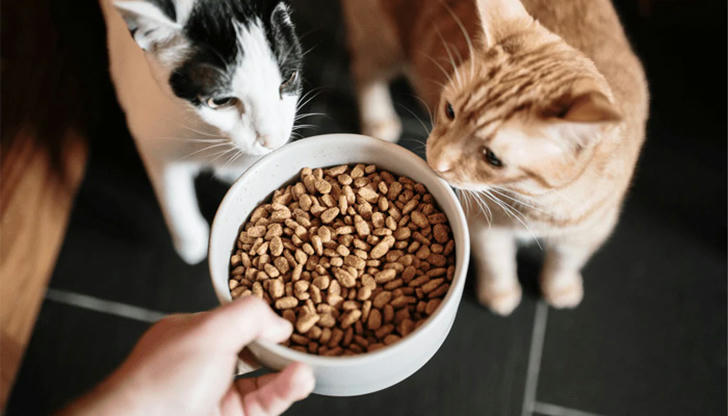
So, here's the lowdown – the Association of American Feed Control Officials (AAFCO) is the mastermind behind the FDA keeping tabs on pet food. And they've got some rules for the folks making that kibble. One biggie is considering the life stage of our furry friends. I mean, let's be real, not all pet foods are cut from the same cloth. Kittens, for instance, have a totally different nutritional checklist compared to the grown-up cats. They're like the VIPs needing extra protein and specific vitamins to fuel that growing spree of theirs. It's all about giving each cat what they need at their particular stage in life!
2. Factor in Your Cat’s Ideal Weight
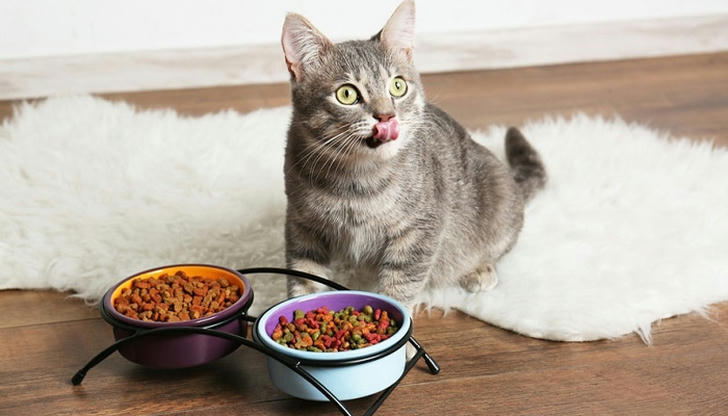
Alright, so there are 73 cat breeds rocking the stage according to The International Cat Association, and they've got the whole weight spectrum covered – from the dainty Singapura to the giant Maine Coon. Just as not all snacks are created equal, not all kitties are cut from the same size cloth. Here's a tip: when you're picking out your new feline friend, try to meet the parents if you can. It's like a sneak peek into the crystal ball of your cat's future size.
3. Don’t Forget Your Kitty’s Activity Level and Lifestyle
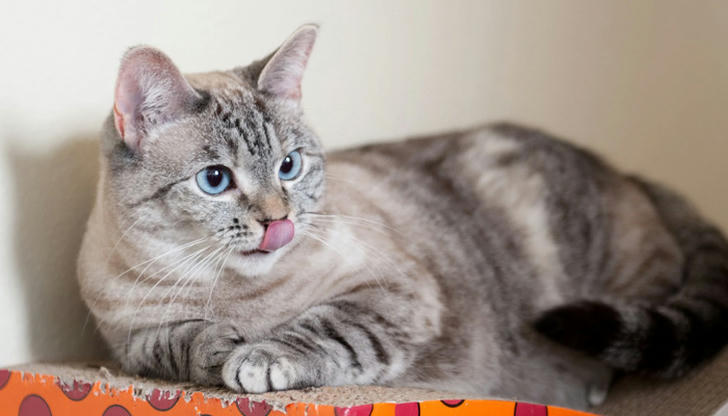
Cats are a mixed bag when it comes to energy levels, and a lot of them kind of sync up with the household vibe. You've got these go-getters like Abyssinians who might be eyeing that food bowl a bit more often than your chill Ragdoll, who's just all about that lap life.
But no matter if your cat's doing parkour off the walls or mastering the art of the catnap, one thing holds true – playtime is crucial. It's not just about burning off energy; it's also a key ingredient for building that unbreakable bond with your furball and keeping their lives interesting. Seriously, just one solid hour of play each day can work wonders for your cat's well-being. It's like the cat version of hitting the gym!
4. Consider Any Allergies
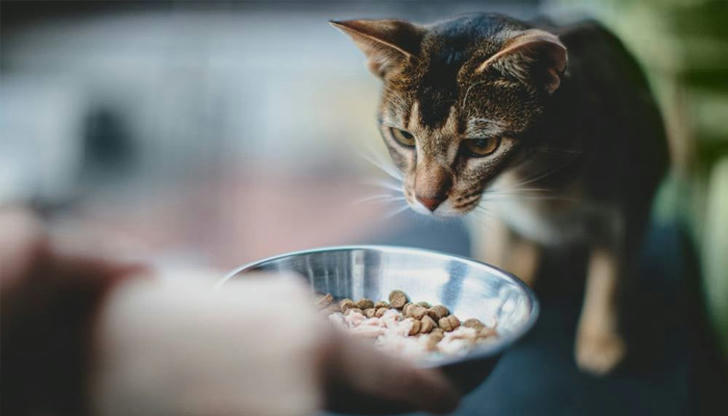
Cats don't often throw fits about food allergies or intolerances. But if they do, it's usually because of the classics like chicken, beef, or dairy. And how do they express their gourmet displeasure? Well, you might notice some tummy troubles, itching like there's no tomorrow, or even a bit of fur going AWOL. But here's the catch – these signs are more like hints than a clear diagnosis.
So, here's the game plan: if you spot anything fishy in your furball's behavior, have a heart-to-heart with your vet. It might just be a case of your pet being a picky eater or a sneaky food sensitivity, and your vet can help you figure out the best move. After all, we want your feline friend to enjoy their meals, not stage a culinary protest!
5. Learn About Pet Food Labels
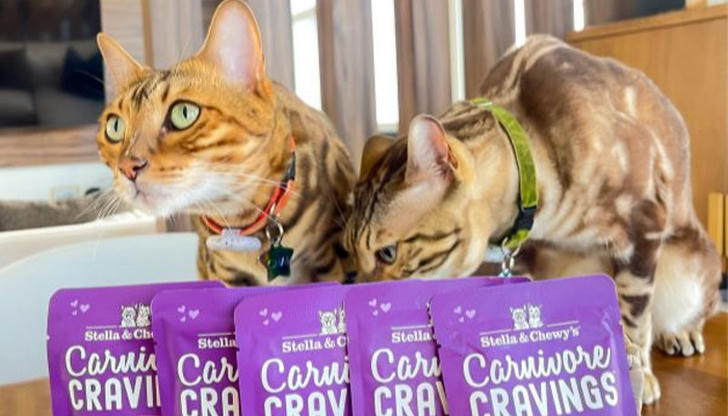
Producers are required to furnish nutritional details and feeding guidelines on their items. Understanding the significance of these details empowers you to make informed decisions. The list of ingredients begins with the most abundant one by weight, followed by descending order. The product label is obligated to feature a nutritional breakdown, specifying the percentage of protein and calories per serving.
6. Dismiss Misleading Marketing Claims

The trend of humanizing the pet industry has led to a surge in dubious marketing assertions. Terms like "human-grade" and "natural" lack precise FDA definitions despite their appearance on labels. Similarly, the term "proven" carries weight only when substantiated by scientific evidence. It is advisable to adhere to factual information and disregard marketing fluff.
7. Think About Your Pet’s Feeding Schedule
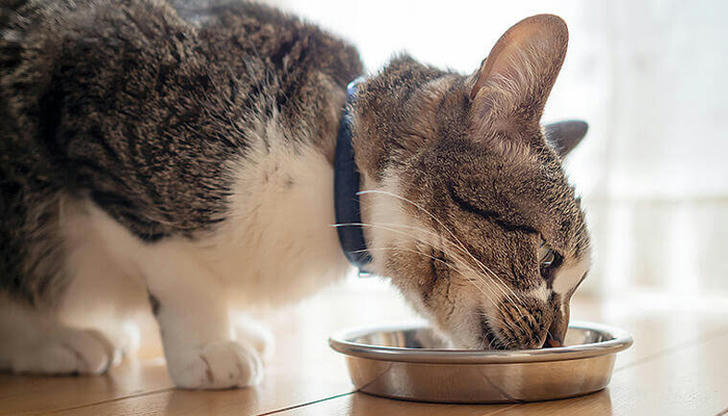
Certain products emphasize convenience as a key selling feature. Dispensing a portion of kibble is more straightforward than opening a can and serving it during mealtime. Nonetheless, we recommend establishing a feeding schedule for your cat, promoting predictability for all parties. While some cats may opt for grazing throughout the day instead of adhering to set meal times, it is generally acceptable as long as you carefully measure their food to prevent overeating.
8. Monitor Your Cat’s Body Condition
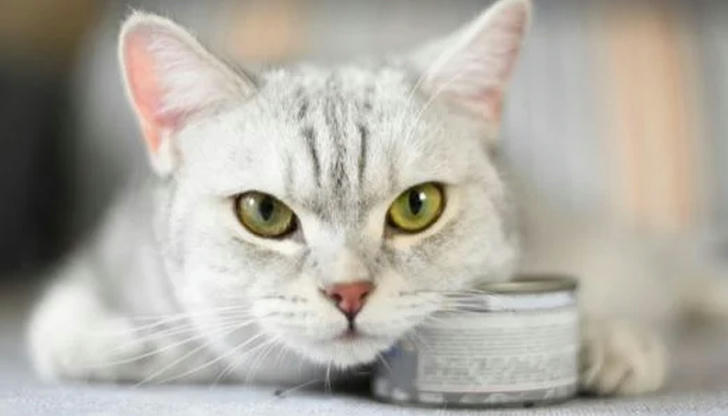
Regularly assessing your cat's body condition is a crucial aspect of routine care. When viewed from above, your cat should exhibit a distinct waist. It's important to recognize that feeding instructions are merely suggestions and not an absolute directive on how much to feed your pet. Your cat's activity level is a significant factor in determining their appropriate food portion. Adjustments may be necessary based on their individual needs.
In conclusion, making the right food choices for your cat is crucial for their overall well-being. The efforts of organizations like AAFCO and FDA have provided valuable information for pet owners, making comparison shopping more accessible through label and manufacturing standards. However, pet owners should conduct thorough research, approaching marketing claims with a degree of skepticism. If you have any uncertainties or questions about the optimal food for your cat, consulting your veterinarian will ensure you receive personalized guidance and support.
